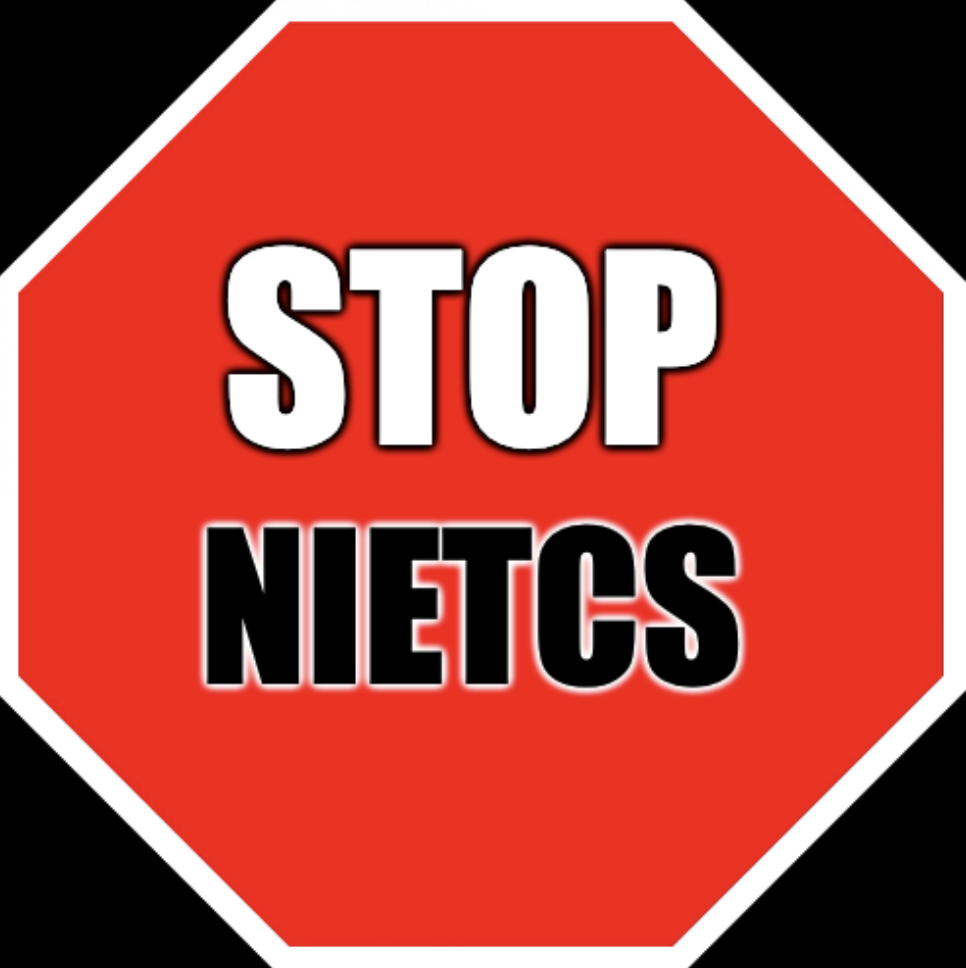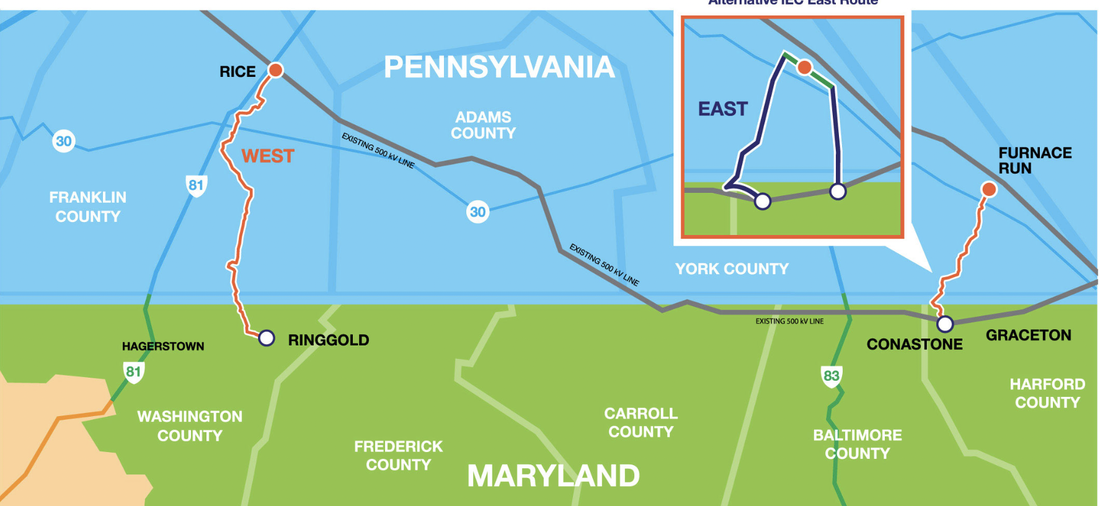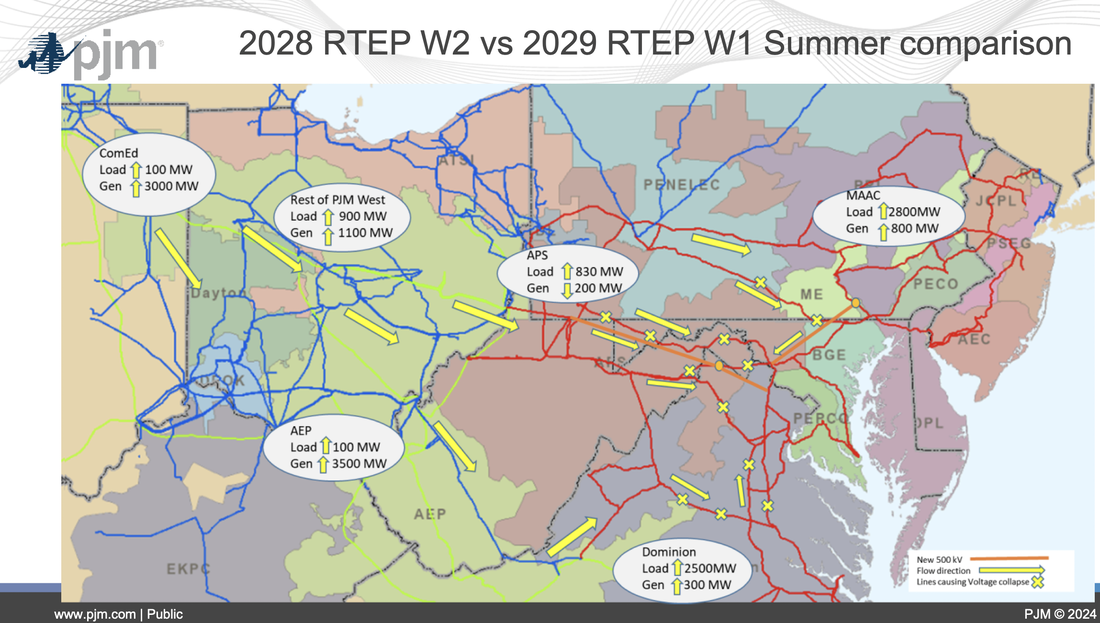Last week, a grassroots group opposed to a new transmission line through central Maryland took their fight to the industry at a conference celebrating the data center industry in Frederick, Maryland.
Leaders of the Maryland Technology Council, which organized the daylong session, had anticipated the ruckus. They briefed conference attendees on protocols and strategies for coping with the protesters and insisted that the proposed power line project is not directly connected to the Quantum Loophole data center campus, which is in the early stages of development in Frederick County.
The device employed most frequently by the conference organizers was "Name Calling."
First example -- in the quoted paragraph above the demonstration was referred to as "the ruckus." Protestors were also referred to as "noisy", a "flashmob", and "outraged". A noisy, outraged, flashmob ruckus, a description that is intended to turn the reader against the protestors. It's an ad hominem argument... don't pay any attention to what those people are saying because they are members of an unacceptable group.
Protestors were also called uneducated.
While Quantum Loophole executives tried to talk to some of the protesters during the lunch hour, Rick Weldon, president of the Frederick County Chamber of Commerce, later said some of the demonstrators at the community college Thursday didn’t have access to all the relevant information — and that some would be tough to persuade.
“Frankly, no matter what the subject, they’re going to hold up a sign and yell at you because they don’t want anything to change,” he said.
Uneducated outrage is how opponents were framed in order to make conference attendees see them as an unacceptable group who should not be acknowledged.
Meanwhile, conference organizers employed "Glittering Generalities" to boost their own position. Jobs, school funding, dramatic growth in local businesses, Maryland's economy, land conservation, hiking and biking trails, and the most vague of all... a bright future!
Conference organizers also tried to sever Maryland's data centers from the MPRP. Either they are uneducated themselves, or they are spinning a carefully crafted alternate reality. Although Quantum Loophole's power supply is being provided by upgrading a dedicated transmission line to the old Eastalco plant, that doesn't mean QL won't benefit from MPRP. Quantum Loophole's dedicated transmission line feeds power from the Doubs substation to Quantum Loophole. Doubs is also the endpoint for the MPRP. All power flowing through MPRP is delivered to Doubs, where it is transferred to the numerous lines feeding out of Doubs, including the one to Quantum Loophole. Power from MPRP will absolutely be used at Quantum Loophole. Could Quantum Loophole get as much power as it needed if MPRP was cancelled? PJM Interconnection planned MPRP as one of several new 500kV transmission lines to serve data center load in Virginia and Maryland. And since Quantum Loophole seems to support MPRP, it stands to reason they think they will benefit from it.
The public relations war is heating up. But what will they say when those same protestors put down their protest signs and go inside the PSC to defend their properties through the legal process? Will Quantum Loophole step up to defend MPRP? Or will it use proxies to do so, such as labor unions and local business groups? A different kind of war will break out at the PSC once the application is filed, and that's where the ultimate decision will be made.












 RSS Feed
RSS Feed